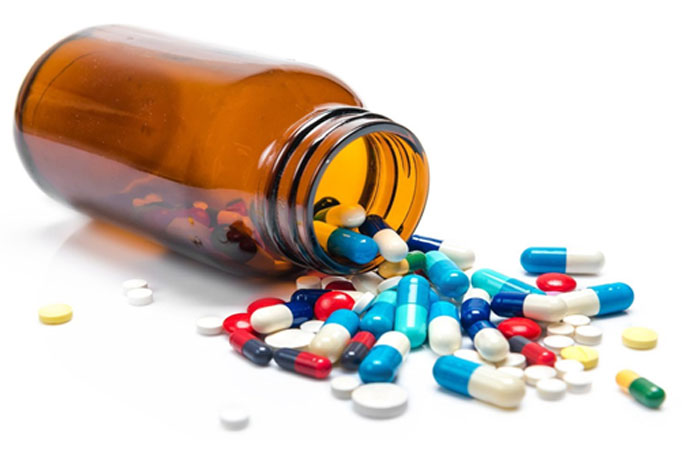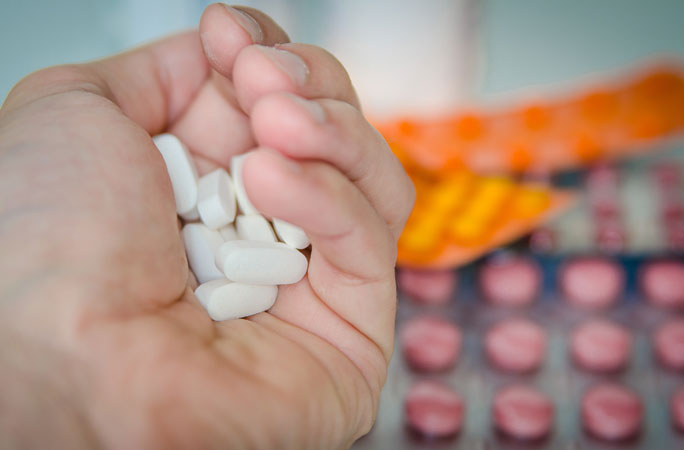Antibiotics are antibiotics that are used to treat bacterial infections. Antibiotics come in a wide range of types. These drugs changed the face of medicine. Some medicines kill germs quickly, while others prevent bacteria from growing and reproducing. Bacteria, on the other hand, have developed resistance to antibiotics as a result of their misuse and widespread availability. Antibiotics are divided into two types: beta lactam antibiotics and non-beta lactam antibiotics.
What is Beta Lactam, and how does it work?
Antibiotics containing a beta lactam ring in their structure are known as beta lactam antibiotics. A nitrogen molecule is linked to the beta carbon in them. Penicillin derivatives, cephalosporins, monobactams, carbapenems, and other broad-spectrum antibiotics are examples. Antibiotics block the production of bacterial cell walls, killing bacterial pathogens in the process.
In comparison to other antibiotics, they are widely used. Bacteria, on the other hand, have evolved antibiotic resistance to these beta lactam antibiotics. Beta lactamase, an enzyme, has given them multi-resistance to beta lactam antibiotics. To address this issue, doctors give beta lactamase inhibitors in conjunction with beta lactam antibiotics. Antibiotics that are beta lactams are more effective against Gram-positive bacteria. Beta lactam antibiotics, on the other hand, can be used to treat gram-negative bacteria.
Is non-beta lactam is a kind of non-beta lactam?
Antibiotics that do not include the beta lactam ring in their molecular structure are known as non-beta lactam antibiotics. Antibiotics that aren’t beta lactams are less effective. Their use has resulted in unsatisfactory therapeutic results. Scientists believe this is due to the non-beta lactam group’s greater risk of improper empiric treatment. Vancomycin is a non-beta-lactamase antibiotic with a complicated molecular structure. Non beta lactam antibiotics include Fosfomycin and bacitracin, among others. Daptomycin, a lipopeptide, is another non-beta lactam antibiotic. Chloramphenicol is a bacteriostatic antibiotic that inhibits the growth of bacteria.
Difference between Beta Lactam and Non beta Lactam:
Incision and drainage are the preferred treatment for purulent skin and soft tissue infections, however many infections cannot be drained. In the age of community-acquired methicillin-resistant Staphylococcus aureus, empiric treatments for these infections remain ill-defined.
The clinical failure rates of oral beta-lactam and non-beta-lactam therapies were compared in a multicenter retrospective cohort study of outpatients treated for cellulitis. Purulent infection requiring surgery and drainage, severe skin and soft tissue infection, persistent ulceration, and IV antibiotics were among the exclusion criteria. The failure rates were compared using logistic regression, which took into account both failure-related variables and a propensity score for beta-lactam therapy.
Results: A total of 861 patients satisfied the inclusion criteria and were divided into two groups based on their treatment: beta-lactam therapy (n = 631) and non-beta-lactam therapy (n = 230). For beta-lactam and non-beta-lactam treatment, failure rates were 14.7 percent and 17.0 percent, respectively (odds ratio [OR] 0.85, 95 percent confidence interval [CI], 0.56-1.31). Age (P =.02), acute symptom intensity (P =.03), animal bites (P =.03), Carlson score > 3 (P =.02), and histamine-2 receptor antagonist usage (P =.09) were all linked to failure. After adjusting for variables linked with failure, beta-lactam therapy’s relative effectiveness was higher, but the difference was statistically insignificant (adjusted OR 0.81, 95 percent CI, 0.53-1.24).
Conclusion
In the treatment of uncomplicated cellulitis, there was no significant difference in clinical failure between beta-lactam and non-beta-lactam antibiotics. With non-beta-lactam treatment, there was a higher rate of discontinuation due to side effects. The main distinction between beta lactam and non-beta lactam antibiotics is that beta lactam antibiotics have a beta lactam ring in their molecular structure, whereas non beta lactam antibiotics do not.




